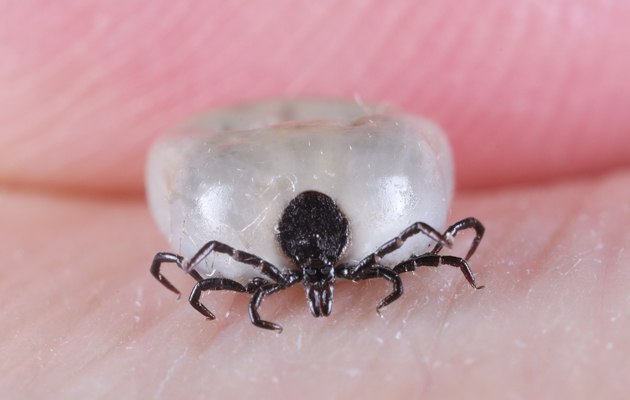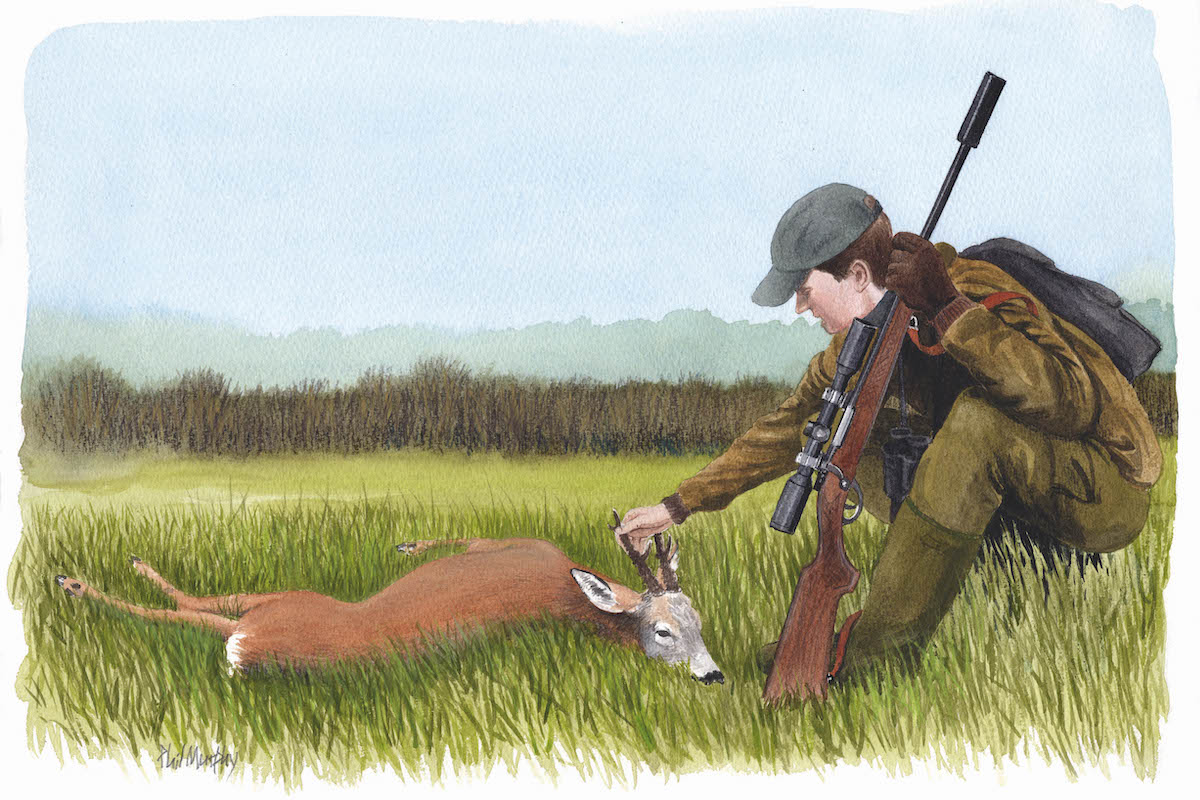A tick-ing time bomb
May is Lyme disease awareness month, and this year high numbers of ticks make it more important than ever to be aware of the signs and symptoms

Ticks can be picked up year round
Turnstone writes: Two days ago I set about skinning and dressing a roebuck, a two-year-old, shot the previous evening. I have a suitable beam in a general tool-shed from which I can suspend and work on carcases and the animal was duly suspended.
The little deer was still in the remains of a thick winter coat and I noticed, as I hung it, that there was some movement in the fur. Fortunately, I was wearing surgical rubber gloves and had my sleeves rolled up because I all too quickly discovered that the animal was heaving with ticks, those horrible little crab-like creatures which seem impossible to kill. Cut in half they still wave their legs in defiance.
Never have I seen a deer in such a tick-like state. The wretched little brutes made several attempts to board me, but with sleeves rolled up I could see and flick them off. However, the horrors were dropping onto sheets of paper under the body like confetti and by the time I had cut the skin away, I found myself scratching and itching at the thought of a tick invasion. A shower was the only answer and I am pleased to be able to report a clean bill of health! I remain entirely tick-free.
Coincidentally, that morning an article in The Daily Telegraph reported a massive increase in ticks this year, due it is believed to the mild, damp conditions and the recent floods.
A scientist from Bristol University discovered more than 300 ticks in one square metre of urban parkland, and owners of dogs are also being urged to check their pets for these little nasties. Minute at first, once a tick has latched on to a passing host, be it deer, sheep, human or dog, it swiftly and painlessly starts gorging on blood until the body swells to a grey pea-size.
It is well-known that ticks pass on various diseases, including the highly unpleasant Lyme disease. First recorded in the 1980s among children who had been playing in woodland near Lyme, Connecticut, in the US, at least 500 cases a year are now recorded in the UK — though it is believed that the number of people contracting the disease may be as high as 2,000.
Symptoms are often ‘flu–like, with aching joints and headaches which may not be immediately identified as Lyme disease. One means of identification, though not infallible, is the appearance of a small red rash, which increases in size.
If you think you might have been bitten by a tick, tell your GP without delay. Better to be safe than sorry.
This is an extract from the Country Diary column in the 14 May 2014 issue of Shooting Times.








